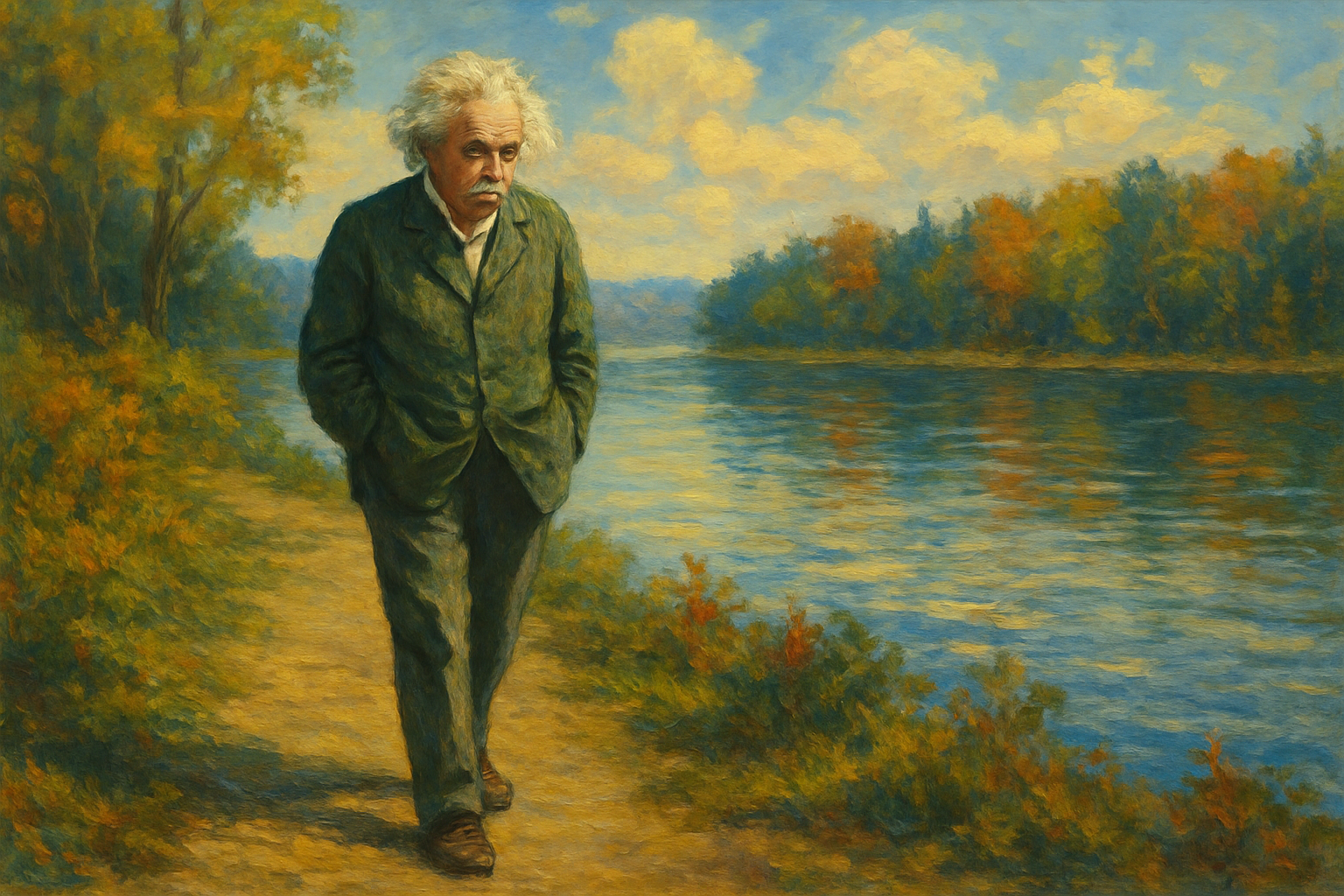In a world that glorifies connection, movement, and noise, solitude is often misunderstood. Many people fear being alone, equating it with loneliness or stagnation. But what if solitude was actually one of your greatest sources of strength?
In The Power of Being Alone, Brian Alba shares a powerful message: that alone time isn’t an absence of connection, it is a deep reconnection with yourself. Paired with intentional action, solitude becomes a launchpad for growth, healing, and purpose.
Let’s break down two powerful themes from the book and explore how one of the world’s most iconic innovators used them to change the world.
1. The Power of Being Alone: Solitude as Strength
Solitude is not a prison. It is a sanctuary.
When you’re alone, the masks fall away. There are no expectations to meet, no roles to perform. It is in these quiet moments that clarity rises, emotions settle, and vision emerges.
Solitude gives you the rare gift of:
- Self-reflection: Time to process your thoughts, fears, and dreams.
- Creativity: A space free from external noise, where original ideas are born.
- Reconnection: A chance to realign with your values and goals.
Real-Life Example: Albert Einstein
Albert Einstein was known for his solitary walks and reflective habits. He often said:
“I live in that solitude which is painful in youth, but delicious in the years of maturity.”
It was during these periods of solitude, pacing along lakes, thinking in quiet rooms, detached from external distractions, that he developed his groundbreaking theories of relativity. Einstein didn’t fear being alone; he embraced it as a powerful tool for insight and innovation.
Takeaway: Solitude is not isolation; it is incubation. Use it to think deeply, dream boldly, and rediscover yourself.
2. Get Up and Move: Turning Stillness into Momentum
While solitude is a foundation, it is not where the journey ends. After gaining clarity and insight, action must follow. As Brian Alba notes in the chapter “Get Up and Move,” the antidote to fear and procrastination is motion.
You don’t have to leap. You just have to move.
- One small habit.
- One honest decision.
- One brave conversation.
When you move, even a little, you build momentum. And momentum builds motivation.
Einstein Again: Motion Creates Meaning
After years of working in a patent office, a quiet, repetitive job, Einstein could have stayed comfortable. But he got up and submitted his now-famous papers to Annalen der Physik, challenging Newtonian physics and forever changing how we understand time, space, and energy.
He did not wait for permission. He did not wait to be discovered. He acted.
Takeaway: Solitude helps you see the path. Action gets you on it.
Conclusion: Solitude + Motion = Transformation
When you combine the clarity of solitude with the momentum of action, you create powerful change. You stop chasing validation and start creating from purpose. You stop reacting to life and start designing it.
So the next time you feel alone, pause before reaching for noise or distraction. Ask yourself:
- What truth am I avoiding?
- What small step can I take today?
- Who am I becoming in this quiet?
Solitude is not your enemy. In fact, it may be your greatest ally.

This vlog is a guiding light to introverts (sorry for the word) who usually prefer most of their time in solitude, like me. Nonetheless, possitive things happened in being alone. One can reflect and reconnect to self thereby creat or recreate good ideas, put it into action.
Good job!!!
I just one to add that being alone is also a test of who you really are, away from the others. How you think and how you act is being revealed when you are in a secret place alone.
Thank you so much for your kind words and thoughtful insight! 🙏 I absolutely agree—solitude isn’t just a space for rest and creativity, but also a powerful mirror that shows us who we truly are when no one else is watching.
Your point is beautifully said: being alone is indeed a test of character. It’s in those quiet, hidden moments where our values, thoughts, and intentions surface most honestly. That kind of inner clarity is a gift that solitude gives.
I’m so glad the vlog resonated with you,
it’s voices like yours that make sharing these reflections worthwhile. Wishing you continued peace, strength, and inspiration in your journey through solitude. 🌿✨
You are welcome fren.